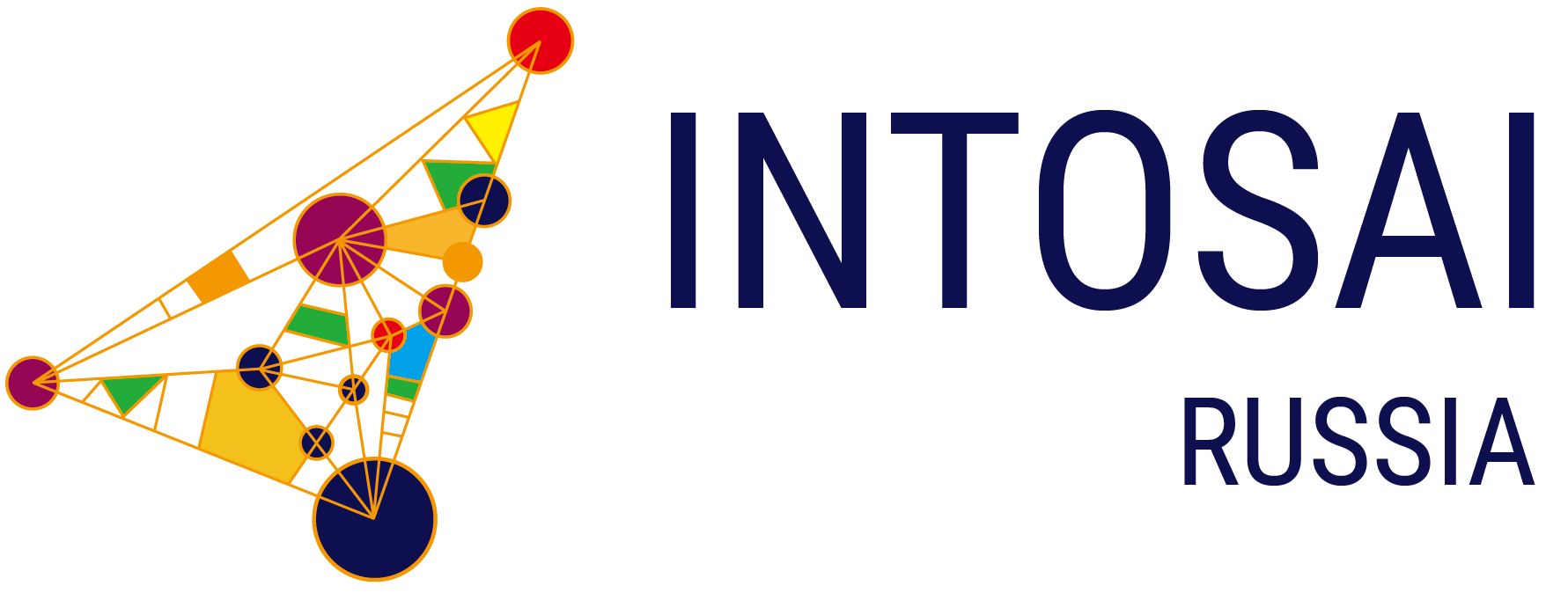
Artificial Intelligence Revolution in Education: What You Need to Know
Artificial intelligence (AI) technology is actively penetrating the educational process, offering new opportunities to improve the quality of learning.
Teachers use AI to develop curricula, evaluate tests, and predict academic performance. Based on learning outcomes, AI offers individual educational programs taking into account the level of knowledge and needs of each student.
The World Bank analyzed the experience of implementing AI in educational practice in Latin American and Caribbean countries, identifying 9 promising areas of technology application.
- AI provides personalized support in career development and workflow organization.
- Improves the quality of teachers' work through frequent personalized feedback.
- Helps teachers develop interesting and effective lessons that meet curriculum standards, learning goals, and student needs.
- Reduces administrative workload, giving teachers more time to work with students.
- Helps organize an individual educational process adapted to the needs of students.
- Helps students with assignments. Teachers ensure that students develop a responsible approach to using AI.
- Optimizes resource allocation by automating routine tasks.
- Helps identify students at risk of dropping out.
- Assists in making decisions regarding human and financial resources (selecting teachers to fill vacancies, admitting students, purchasing, etc.).



